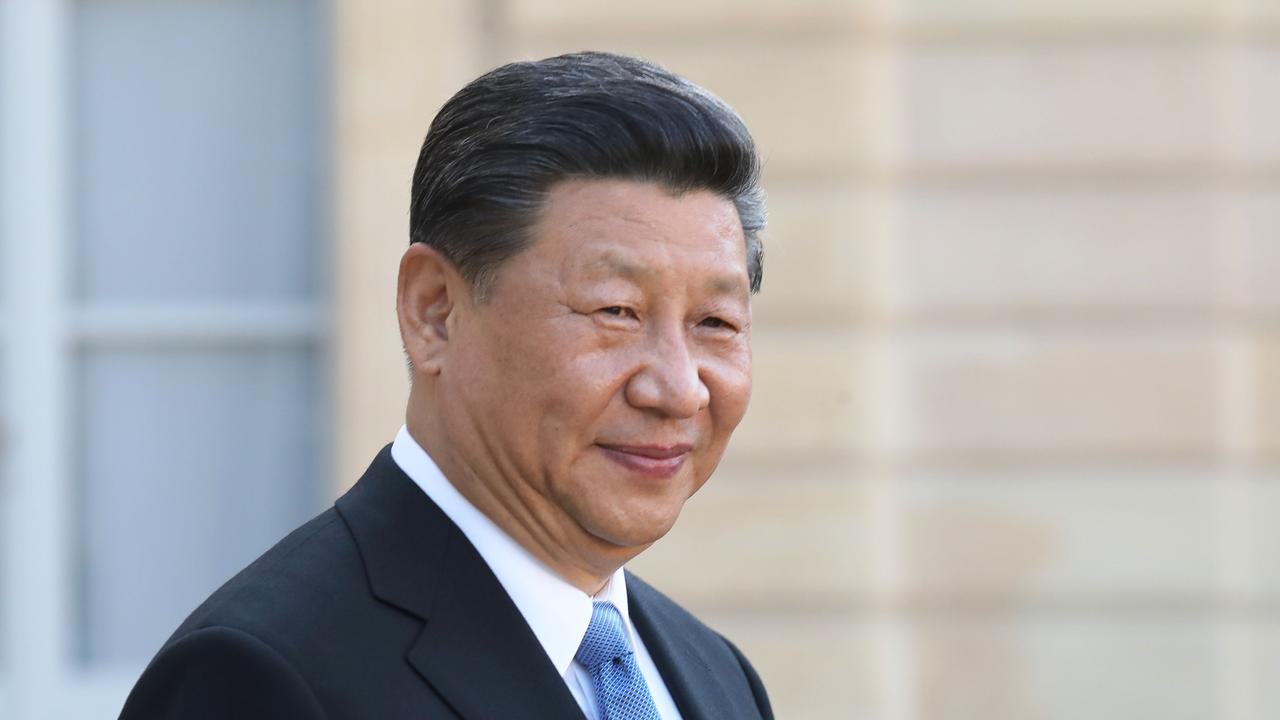Glencore investors fear Ivan Glasenberg back in dealmaking
Glencore shareholders would prefer the miner’s chief to restore dividends and pay down debt before making new deals.

A year of debt cuts, asset sales and rising commodity prices have pulled Glencore back from the brink of crisis. Now, the mining and trading giant’s shareholders have a new concern: that chief executive Ivan Glasenberg might return to his free-spending ways.
Mr Glasenberg spent much of the past decade as the commodities industry’s biggest dealmaker, snapping up coal, copper and gold mines in places such as East Africa, South America and Australia. After a mounting debt pile and sagging commodities prices sent Glencore shares tumbling last year — the stock price fell 29 per cent on a single day, September 28 in London — investors pressured Mr Glasenberg to slash borrowing and unload unprofitable mines. He suspended the dividend, laid off workers to cut costs, and trimmed the company’s debt load to more sustainable levels.
With shares up about 180 per cent since the free fall, Glencore recently emerged as a contender in bidding for several big properties, including Australian coal assets that Rio Tinto and Anglo American are looking to sell.
Investors say Mr Glasenberg has work to do before he can responsibly start buying, and are hoping to hear more about cost savings than new spending when the company reports earnings on August 24.
“First, we have to finish the deleveraging, then we have to restore the dividend,” said David Herro, a fund manager for Harris Associates who controls about 6 per cent of Glencore’s stock, valued at about $US2 billion ($2.6bn).
Mr Herro snapped up Glencore stock last year as the price fell, and said the company should consider whether stock buybacks make more sense than deals.
Mr Glasenberg transformed Glencore from a trading house into one of the world’s biggest miners, with deals like the $US29.5bn acquisition of coalminer Xstrata in 2013. But his big bets fell flat over the past two years, when commodities prices crashed. Coal, despite a rebound this year, remains under pressure due in part to attempts to curb global warming by reducing carbon emissions from coal-burning power plants.
Glencore lost $US5bn in 2015.
There is little question the company’s situation has improved from a year ago, when Mr Glasenberg was fending off fears that his mining and trading house was a debt-bloated powder keg on the verge of exploding.
At the end of 2015, Glencore’s net debt — which doesn’t include borrowing in its trading business — had dipped to $US25.9bn from $US29.6bn. It plans to reduce the debt load to $US17bn-$US18bn by the end of 2016.
Last week, Glencore reported lower copper, coal and zinc output in the second quarter, compared with a year earlier, due largely to voluntary mine closures.
Glencore has already raised $US2.5bn in a share offering and $US1.4bn in a pair of “streaming” deals, which give Glencore upfront cash in exchange for gold or silver down the road. The dividend suspension has saved about $US2.4bn. In the second half of the year, Glencore expects to book about $US3.13bn from the sale of nearly half of its agricultural business and $US100m from the sale of a Kazakh gold deposit.
Glencore is also exploring the sale of another Kazakh goldmine that could fetch $US2bn and Australian rail assets that could raise an additional $US750m or more.
Charl Malan, a portfolio manager for Van Eck Global, said the company should continue cutting debt and return cash to shareholders before looking for new investments. He said Glencore should restore the dividend by sometime next year, depending on commodity prices.
“Management is not going to be driven by, ‘I want more coal, I want more copper’,” Mr Malan said. “Management will be driven by what is best for shareholders.”
One risk is that commodity prices could fall. Some analysts say a round of Chinese stimulus this year has fuelled prices, and they could slide once stimulus ends.
Other investors harbour concerns about the long-term value of coal, in which Glencore says it could invest more. Hermes Investment Management partner Bruce Duguid said his clients who have invested in Glencore worry the company hasn’t adequately calculated the risks of policies intended to curb global warming.
Glencore said it expects demand for thermal coal — which is used to produce power — to increase for years, especially in Asia.
“We’re wary of the idea that you can predict the world with great confidence, given the commodity crash that just happened was based on the misunderstanding of demand,” Mr Duguid said.
The Wall Street Journal



To join the conversation, please log in. Don't have an account? Register
Join the conversation, you are commenting as Logout